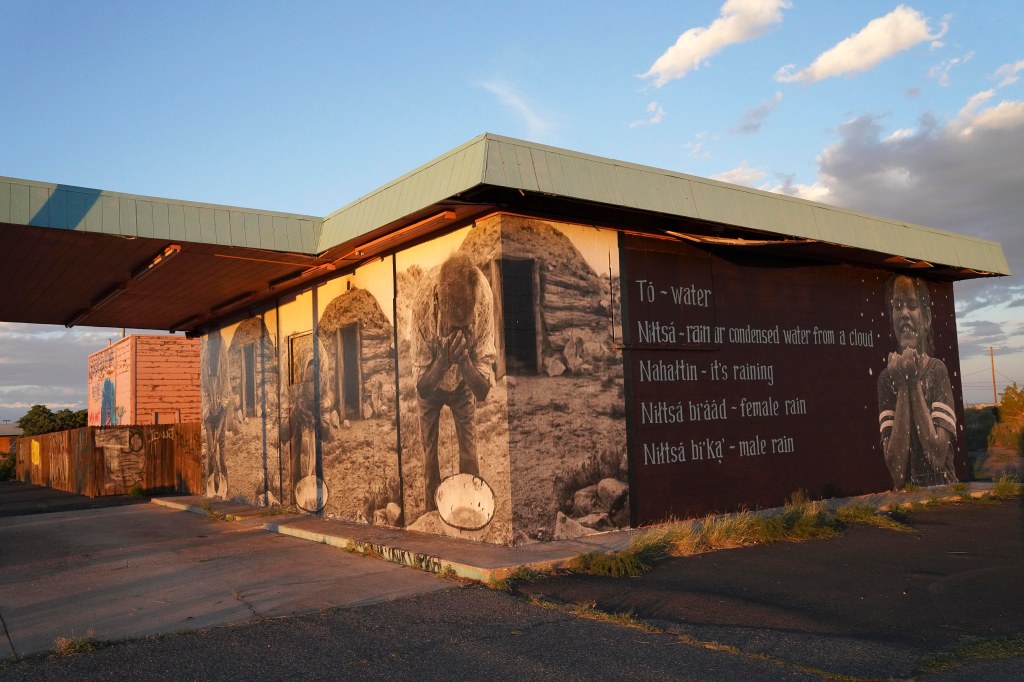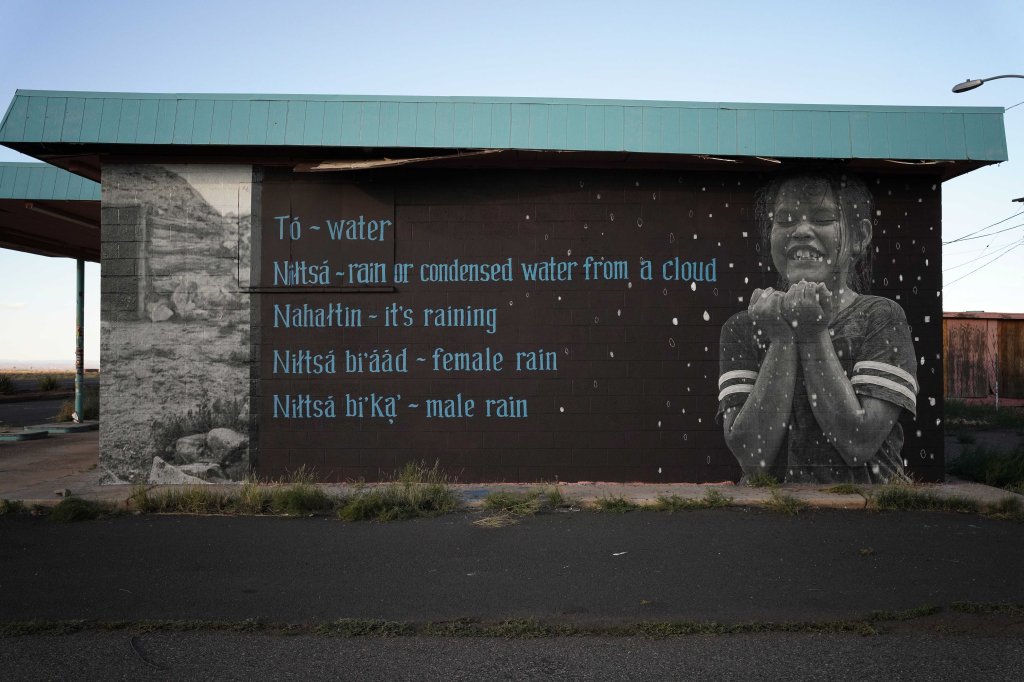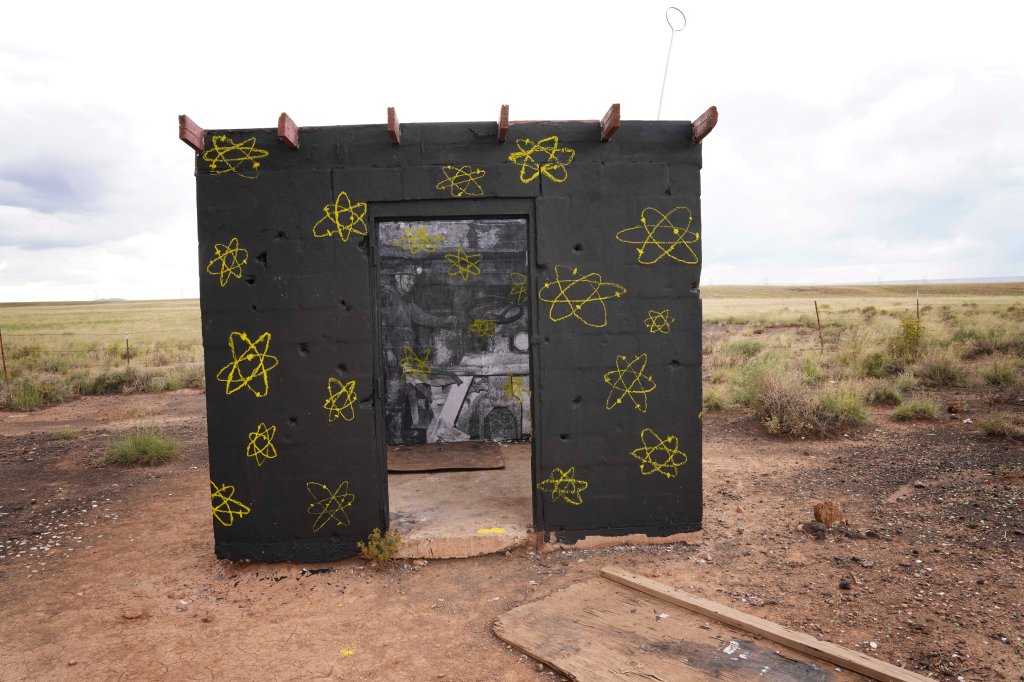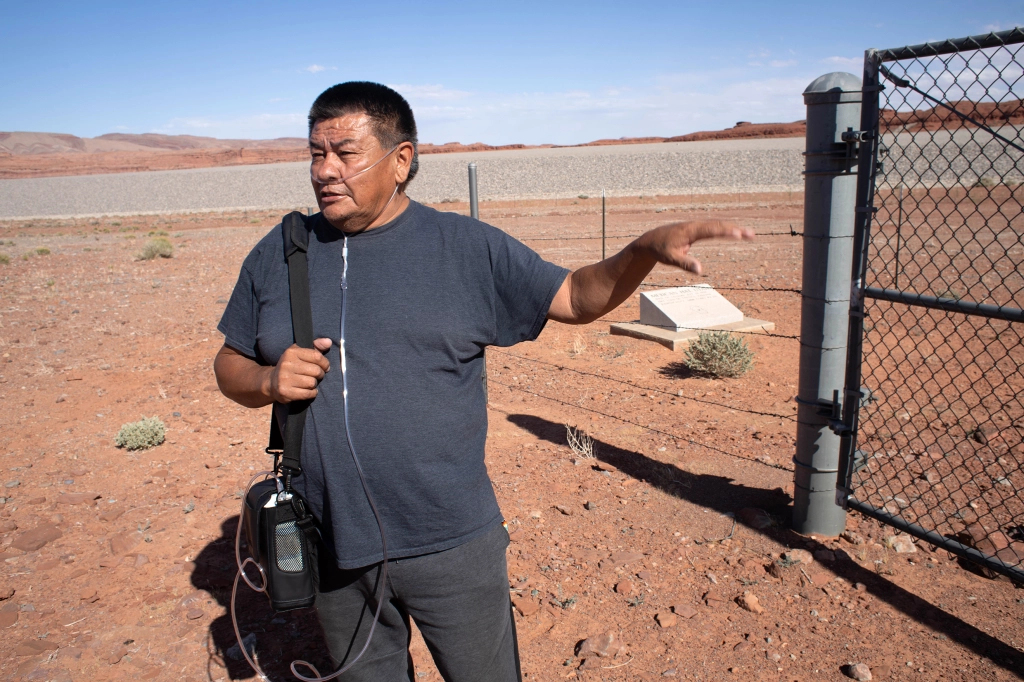water

Anyone who has spent time in the southwest knows how precious a resource water is. A Washington Post headline in February of this year announced “Southwest drought is the most extreme in 1200 years” and “The past 22 years rank as the driest period since at least 800 A.D.” The Guardian in November 2021 noted that “Lake Powell reaches lowest level since construction of Glen Canyon Dam in 1963.” Sadly, the status of Lake Mead is as dismal.
Complicating the situation in this region is the historical exclusion of Native people from water rights treaties. Native people weren’t considered U.S. citizens when the Colorado River Compact was signed in 1922 dividing Colorado River water amongst 7 southwestern states and Mexico. (Native people became citizens with the right to vote in 1924 with the passage of the Indian Citizenship Act.) Colorado Public Radio noted December 20, 2021… “Tribes were excluded from this agreement and had no direct say in how the water they relied on for millennia was divided – a racial injustice tribal leaders say continues to hurt their members.” Yet, Native households are 19 times more likely to lack piped water services than white households, according to a report from the Water & Tribes Initiative. The data also show that Native households are more likely to lack piped water services than any other racial group. Leaders of tribes who depend on the Colorado River say the century-old agreement on managing a resource vital to 40 million people across the West is a major factor fueling these and other water inequalities.”
There are 30 federally recognized tribes in the Colorado River Basin. Twenty two of these tribes have recognized rights to use 3.2 million-acre feet (maf) of Colorado River system water annually, or approximately 22 to 26 percent of the Basin’s average annual water supply. In addition, 12 of the tribes have unresolved water rights claims, which will likely increase the overall volume of tribal water rights in the Basin.
Wanting to better understand water issues and the legacy of uranium mining more my long time friend and collaborator for this project, Ken Ogawa, and I decided to make a series of sight and sound installations that speak to nuclear colonization and water issues on the Colorado Plateau. We talked with a local scientist and activists working at the grassroots level to bring potable water to homes on the Navajo nation where approximately 25% of homes lack running water. We also talked with activists working to clean up the over 500 abandoned uranium mine sites on the Navajo lands and to prevent future uranium mining and hauling of ore on the Navajo nation.
One of the people we spoke with was Diné geoscientist Dr. Tommy Rock who is completing postdoctoral work at Princeton University where he is studying the impact of oil and natural gas drilling and uranium extraction on local water sources. Tommy, the first in his family to attend college, is focusing his work on 3 communities on the Navajo nation (Sanders, AZ, Sand Springs, AZ and Monument Valley, UT), where he is developing a water filtration system that he can export to other Native communities. His work has tracked groundwater contamination as far as 80 miles from the site of a uranium mill spill at Church Rock in 1979. He is using this information to assure that available water is safe for human consumption. Tommy’s activism is empowering communities to hold corporations and the Federal Government responsible for uranium contamination and is truly inspiring.
Whereas Tommy’s approach to water filtration occurs at water sources, his colleague, Dr. Karletta Chief, Diné hydrologist at Arizona State University uses a different approach to providing potable water to Native communities. She’s developed a nano filtration system to be used in homes.

Shortly following my first arrival on the Navajo Reservation in 1986, I was told the story of how
the Navajo came to the world in which we all now live. They lived first below the surface of the
Earth until a great flood drove them to ascend to the present world through a reed into the
fourth or “Glittering World”. This is the journey I try to build in the audio loop for the “Water”
site. The source for nearly all the audio was extracted from video I made 30 years ago while on
a hike with Chip Thomas into Navajo Canyon, near the base of Navajo Mountain. I did add
some sounds of rain and thunder from more recent storms, but only to round out the narrative
I had built in my head. This loop lasts a little over 13 minutes.”

We asked Tommy to identify grassroots organizations on and around the Navajo nation involved in providing potable water to communities. He gave a shout out to the following groups:
- Dig Deep – Navajo Water Project
- Sixth World Solutions
- Black Mesa Water Coalition
- Diné Care
- Tó Nizhóní Ání (Sacred Water Speaks)
uranium


Ken writes of these sound installations… “There are 2 audio loops at the ‘Uranium” site. The first begins with a recording of Geiger counter clicks which are modified electronically and combined with narration extracted from vintage civil defense and uranium mining films. This narration asks the question “What is your job?”, I hope prompting the listener to consider how they might engage with the bigger questions regarding the legacy of nuclear colonization.”
“The second loop is constructed from Geiger counter recordings distorted to an even greater
degree, combined with other sources, including the bell from my Japanese grandmother’s
Butsudan (home altar). In Buddhism, the bell’s sound is said to be calming and to induce a
suitable atmosphere for meditation. These bells are often used as a call to prayer. The ring of the
bell can represent the heavenly enlightened voice of the Buddha teaching the dharma and can
also be used as a call for protection and as a way to ward off evil spirits. I hope that this
represents a call to remember those that are lost and left suffering from the legacy of
irresponsible management of uranium mining. There are 2 loops, totaling nearly 20 minutes”

July 16, 1945 was an ominous day in the history of humankind and the planet as the US Army’s Manhattan Project detonated Trinity, the first atomic bomb, in Jornada del Muerto, NM. (“Jornada del Muerto” fittingly translates as “Journey of the Dead Man” or “Working Day of the Dead.”) July 16 is also the day of one of the worst nuclear accidents in US history with the Church Rock, NM uranium tailings spill in 1979 on the Navajo nation (occurring 5 months after the nuclear reactor meltdown at Three Mile Island).
An earthen dam holding uranium tailings and other toxic waste ruptured releasing 1,100 tons of uranium waste and 94 million gallons of radioactive water into the Rio Puerco and through Navajo lands. Sheep in the wash keeled over and died as did crops along the riverbank. According to a Nuclear Regulatory Commission report the levels of radioactivity in the Rio Puerco near the breached dam were 7000 times that of what is allowed in drinking water.
In an effort to end WWII and to beat the Soviets in developing a hydrogen bomb uranium mining under the Manhattan Project began on Navajo and Lakota lands in 1944. Two years later management of the program was transferred to the US Atomic Energy Commission. The Navajo nation provided the bulk of the country’s uranium ore for our nuclear arsenal until uranium prices dropped in the mid 80s and is largely responsible for our winning the Cold War.
However, environmental regulation for mining the ore was nonexistent in the period prior to the founding of the Environmental Protection Agency in 1970. During this time uranium mining endangered thousands of Navajo workers in addition to producing contamination that persists in adversely affecting air + water quality and contaminating Navajo lands with over 500 abandoned, unsealed former mine sites.
Private companies hired thousands of Navajo men to work the uranium mines and disregarded recommendations to protect miners and mill workers. In 1950 the U.S. Public Health Service began a human testing experiment on Navajo miners without their informed consent during the federal government’s study of the long-term health effects from radiation poisoning. (This study followed the same violation of human rights protocol as the US Public Health Service study on the long-term effects of syphilis on humans by experimenting on non-consenting African American men in what is known as the Tuskegee Syphilis Experiment from 1932 – 1972.)
In May 1952 the Public Health Service and the Colorado Health Department publish a paper called “An interim Report of a Health Study of the Uranium Mines and Mills.
The report noted that levels of radioactive radon gas and radon particles (known as “radon daughters”), were so high in reservation mines that they recommended wetting down rocks while drilling to reduce dust which the miners breathed; giving respirators to the workers; mandating daily showers after a work shift, frequent changes of clothing, loading rocks into wagons immediately after being chipped from the wall to decrease time for radon to escape and for miners to receive pre-employment physicals. Sadly, the recommendations were ignored.
By 1960 the Public Health Service definitely declared that uranium miners faced an elevated risk of pulmonary cancer. However, it wasn’t until June 10, 1967 that the Secretary of Labor issued a regulation declaring that “…no uranium miner could be exposed to radon levels that would induce a higher risk of cancer than that faced by the general population.” By this time, it was too late. In the 15 years after the uranium boom the cancer death rate among the Diné doubled from the early 1970s to the late 1990s while the overall U.S. cancer death rate declined during this same interval.

Native led organizations addressing nuclear colonialism:
- Eastern Navajo Dine Against Uranium Mining (ENDAUM)
- Haul No!
- Indigenous Environmental Network
Location of sites: https://maps.app.goo.gl/XgsNcRGmFSruPMGz9?g_st=ic
About the title – “combining elements 1”
These are the first 2 of 5 planned sight and sound collaborations drawing attention to the effects of climate change and the legacy of environmental mismanagement in the western United States.
In Traditional Chinese Philosophy, five elements (sometimes referred to as ‘phases’ or ‘agents’) provides a conceptual scheme used to describe the interactions and relationships between all things.
Five Element Theory asserts that the world changes according to the five elements generating or overcoming relationships. Generating or overcoming are the complementary processes by which systems are harmonized and balance is maintained.
It is our hope that having completed pieces representing ‘water’ and ‘metal’ we will continue with ‘wood’, ‘earth’, and ‘fire’.

Thank you to Stephen Stapleton of Culturunners, Daniel Josley, the late Rena Yazzie and Dr. Tommy Rock for helping to make this project possible.
























 photo by Nancy Hill
photo by Nancy Hill advertisement for the show on eye lounge, roosevelt street in phoenix
advertisement for the show on eye lounge, roosevelt street in phoenix

 installation at coconino center for the arts
installation at coconino center for the arts Rose Hurley and her great grandson in Bitter Springs
Rose Hurley and her great grandson in Bitter Springs








































